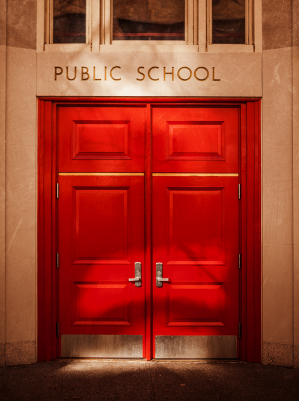First published in Newsday.
Another week in New York brings fresh news of corruption and efforts to punish it. A former Nassau County police supervisor was fined and sentenced to community service for covering up a buddy's son's theft of high school electronics equipment. A Brooklyn assemblyman is on trial for allegedly taking bribes from undercover FBI agents. Gov. Andrew M. Cuomo is pushing an ethics bill that he hopes will lock legislators into better behavior.
In fact, 30 New York legislators have faced legal or ethical trouble since 2000. They were charged with embezzlement, perjury, extortion and tax evasion. If this is our political class, what's a society to do?
What strikes me about the list is how few women are on it - just four. Could it be that women are more ethical than men? And if so, do we need more women in politics?
For years, researchers couldn't find any difference between the genders when it came to ethical decision-making. The typical way to measure ethical differences was to present people - usually students - with case studies and ask them to judge the morally acceptable actions. The results were inconclusive.
But two business professors in England decided to choose case studies that would differentiate what motivated men's and women's judgments. What they found, as published in the journal Business Ethics, was a tendency for men to justify actions based on law and rules. Women, by contrast, felt responsible to be compassionate - in relationships, for the environment, and even for strangers with whom they could empathize.
Among the scenarios presented by Roberta Bampton of Leeds Metropolitan University and Patrick Maclagan of the University of Hull to 98 undergraduate accounting students was: Is it acceptable for a company to legally make equipment used in torture? The equipment was employed by military and police in other countries to extract information from prisoners. Fifty-seven percent of the men said this was an acceptable business practice, but only 28 percent of the women.
In another case, an organic food store that buys its produce from local farms was offered the opportunity to purchase from overseas growers at a lower cost, and make more profit. The overseas fruits and vegetables, also organically grown, would be flown in, resulting in a greater environmental harm - because of carbon emission and the use of fuel. Here, 93 percent of men found the switch in suppliers to be a "perfectly acceptable" or "fairly acceptable" business practice. Only 66 percent of women agreed.
These two scenarios underscore how men and women come to ethical decisions differently.
"While our findings tend to support the original research hypothesis (that women subscribe to a compassionate ethic of care more than men do), these findings also suggest that men are more likely to support the impersonal values of profit or 'business,' and perhaps proper procedures, or law and order," Bampton and Maclagan wrote.
Law and order weren't exactly uppermost in the minds of the wayward New York politicians, but the politicos did display a clear attraction to profit.
Of course, these are generalities. Forty-three percent of men found the manufacture of torture equipment "somewhat" or "very" unacceptable. And women politicians have been convicted or caught short of the truth. Wendy Davis - the abortion rights heroine and Democratic gubernatorial candidate from Texas - fudged her personal history to make her rags-to-Harvard transformation more dramatic.
So, while there are exceptions to any generality, there is also safety in numbers. And the numbers on ethics favor the women.














